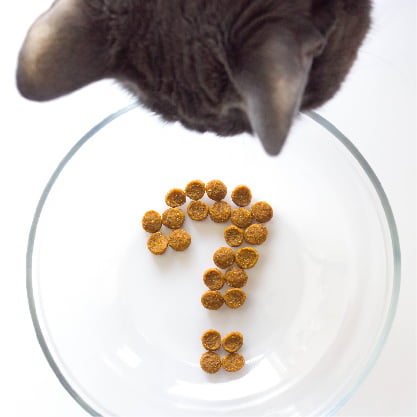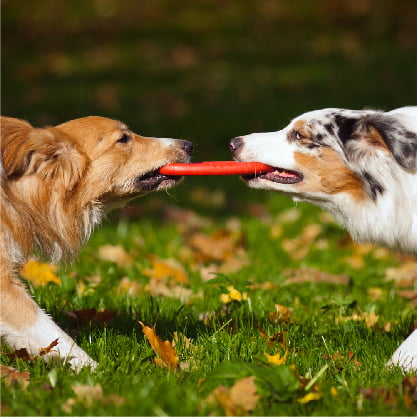


Reaching and maintaining a healthy weight is very important for the overall health and well-being of your pets.
Staying healthy and fit can help prevent and control many diseases and conditions that are associated with being overweight or underweight. We understand that nutrition is an important factor in weight management and health maintenance. Using a combination of wet and dry food and supplements, we make delicious meals that can improve your pets’ weight.

RISKS AND CONSEQUENCES ASSOCIATED WITH WEIGHT ISSUES
Factors causing unhealthy weights
Generally, being overweight or underweight is related to an imbalance of energy input and output. There are many ways to maintain a healthy weight. Yet, some factors are innate that cannot be changed, whereas most are caused by the environment.
Innate factors including gender, breeding genetics and certain diseases. Environmental factors include activity level, feeding modes and owner’s wishes, and whether they can judge if their pet is underweight, ideal or overweight.
Issues and consequences
Being overweight or underweight for a long period of time, whether it is caused by a lack of nutrients or over- deposition of fat in the body will put your pet under the risk of having a range of health problems such as shortening of life, joint problems, dermatological issues, infertility. Overweight animals may get diabetes and cardiovascular diseases. Underweight ones may have their immune system weakened that leads to a slower recovery rate.
IN DETERMINING A HEALTHY WEIGHT
There are three methods to assess whether your pet is underweight or overweight:
Body Condition Scoring (BCS)










Tips for healthy weight

Weigh your pet regularly
- Ideally you should weight your pet every month.
- For cats and small dogs that does not like to stay still on the weight scale, you may carry them whilst standing on it and calculate the difference.

Assess your pet’s body condition score
- Cats and dogs vary in sizes and shapes, therefore body weight should be coupled with body condition scoring for precise healthy weight assessment.(please see Kakato Body Condition Score Guide)

Food management from within your household
- Do not reward your pet for begging for food, as this will only reinforce the behaviour.
- Avoid children from sharing their food with the pets.
- Try remove your pet from the room during food preparation and eating.

Use reward other than food
- Most pets love playing, you can allow your pet to play with their favourite toy for a small amount of time as a reward for good behaviour. Or some love to be groomed, you may also use this as an alternative.
- If using treats as rewards, make sure this is accounted for as part of their daily calorie intake. As treats should make up to about 10% of your pet’s daily calories.

Multiple small meals help
- Sometimes splitting their daily meals into 3 to 6 portions can help managing their dietary program.
- It has been shown splitting into multiple small meals can help reduces the feel of hunger as it stabilises their insulin levels.
- It can also help to improve food intake in weight gaining situation.

Understand how many calories you are feeding your pets
- Every food has their differing calorie content. Approximately, kibbles contain 4 times as many calories per gram as wet foods.
- Treats contain calories too, so account for these as part of your pet’s daily intake.

Remove access to the food of other pets
- For multi-pet household, it is important that each pet only has access to its own food to prevent any from being over fed.

Keep your pet active
- Most pets enjoy being active, so take every opportunity to encourage regular activity.

Consult with your vet
- If any doubt about your pet’s body weight and condition, seek further advices from your veterinarian.






